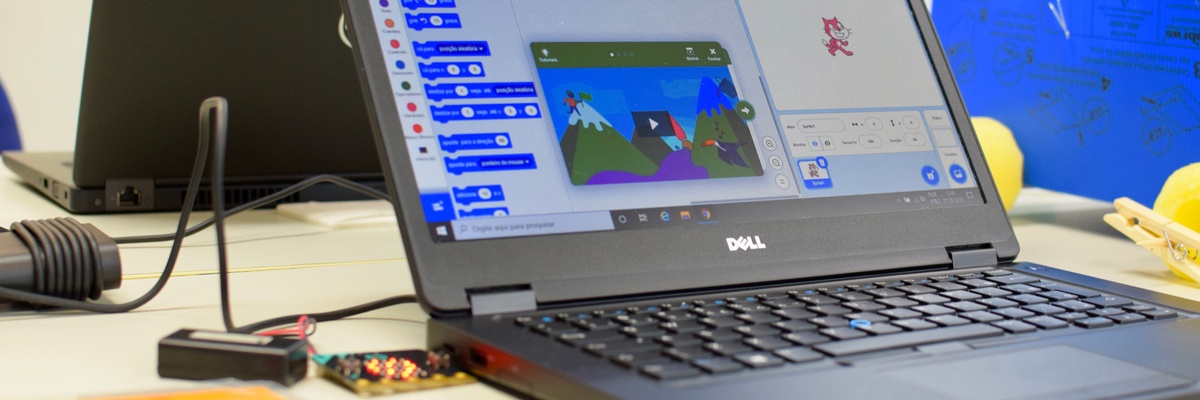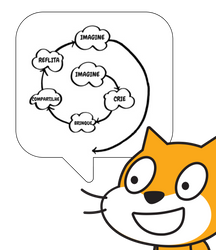Organize the group of teachers (minimum 20, maximum 60) who will be the course participants in your class and contact the RBAC team (via the following email: [email protected]) for a mentoring session in which you will receive access to the AVA.
Log in with your AVA username and enter the email address of each participant in your class. From now on you will be the teacher responsible for the Scratch Course for Educators class.
- Communicate directly with course participants via email and virtual learning environment (VLE);
- Support and guide participants in your course class;
- Answer the questions asked by the group, helping them to understand the content covered in the training.
- Comment and give feedback on shared activities and reflections;
- Indicate links, pages and references that are outside the course, when necessary;
- Observe everyone's participation and interact with the course participant who is away or participating in a not very active way, trying to motivate him to advance in the course.
After all the knowledge acquired, it is time to share at least some activity that each course participant has carried out with their own group of students. Create a studio in Scratch and arrange a moment in the course where each student will share the projects their students created. Here you will be able to see if everything that was worked on throughout the course was really understood and if the course participant was able to put their learning into practice in their classroom.
How about if you now thought about how each course participant could replicate what they learned in this course with other fellow educators? Reflect on how to disseminate what you learned with other people in the community. How could they adapt their classes, or some of them with other students, and thus help in the training of new agents of change?









 "Contribute to the creative learning movement!"
- Leo Burd
"Contribute to the creative learning movement!"
- Leo Burd
